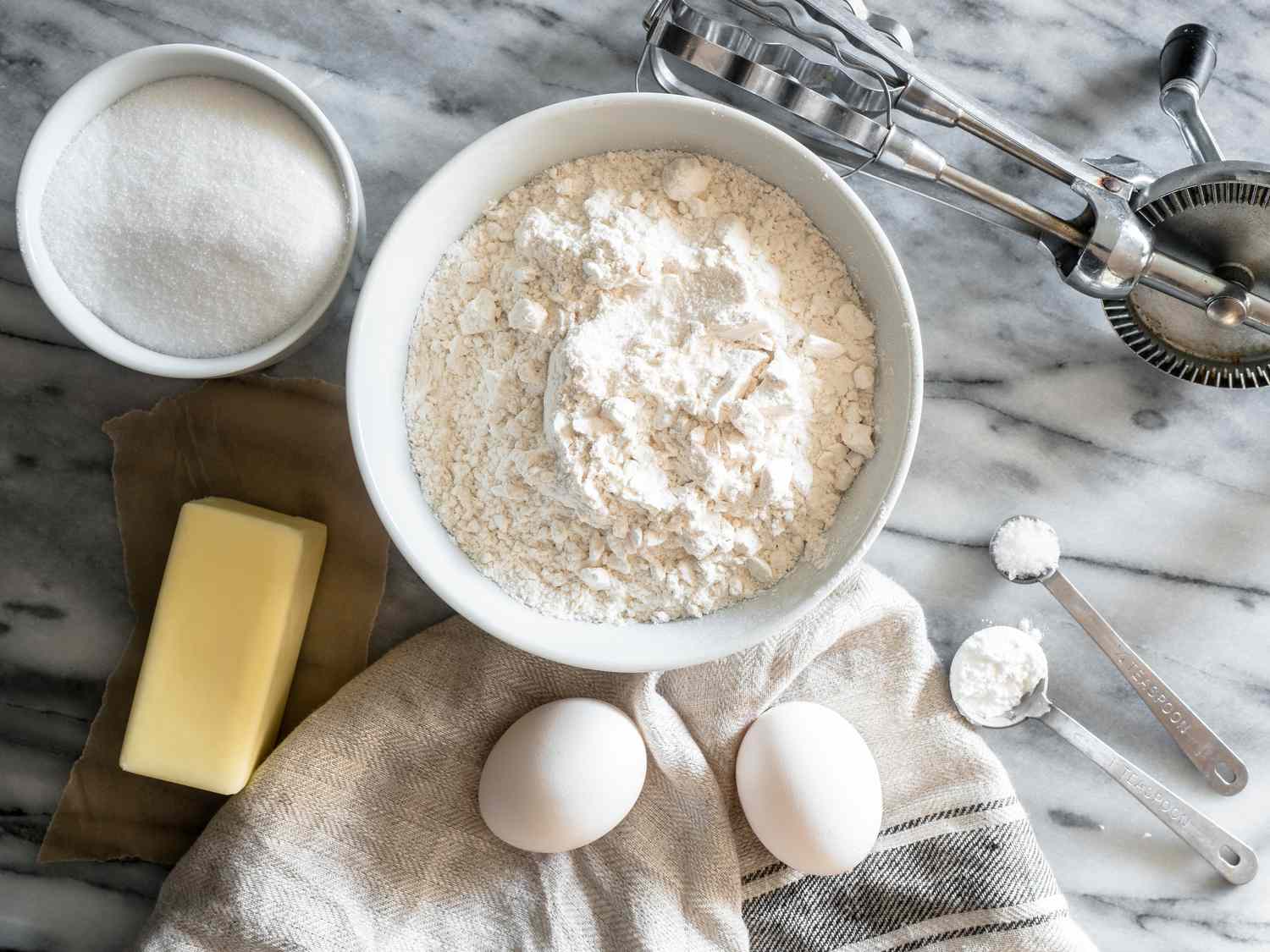Salmonella Outbreak Linked to Flour Spreads Across Multiple States, Says CDC

The Centers for Disease Control and Prevention (CDC) is warning the public about a Salmonella outbreak linked to raw flour across multiple states. An investigation notice issued on March 30th stated that the CDC has not identified a specific brand of flour connecting the outbreak that has infected 12 people across 11 states. Three people have been hospitalized as a result of their illnesses, but no deaths have been reported as of April 5th. Officials noted that most of the people who fell ill had eaten raw dough or batter made from flour, with flour being the only common ingredient.
While Salmonella outbreaks are well-known to be linked to raw eggs or uncooked meat, the CDC is informing people that flour is considered raw and eating it before it has been properly heat-treated or baked can cause food poisoning. Salmonella bacteria are known to cause more foodborne illnesses than any other bacteria, with the CDC reporting that Salmonella infections are much more common than people may realize.
Salmonella infantis is the strain of Salmonella that has been identified in the current outbreak, and it is easily able to contaminate foods such as chicken, raw flour, eggs, and fruits and vegetables. Salmonella is destroyed by high heat, but it can survive and multiply in temperatures between 40℉ and 140℉ (the "Danger Zone"), which is why raw foods like raw sprouts, meat, and eggs carry a high risk of Salmonella contamination. Flour that's typically used in baking and cooking is considered raw and isn't safe to eat until it has been correctly baked or cooked to eliminate any potential bacteria like Salmonella infantis.
Martin Bucknavage, MS, MBA, a Senior Food Safety Extension Associate and Team Lead at Penn State’s Department of Food Science, said; “Flour is considered raw because it is processed from grain without any bacterial reduction step (such as heating). This contamination occurs in the field, and without a reduction step such as cooking, the pathogen remains present in the flour."
Salmonella infection sources include contaminated water, not washing your hands after handling animals, and products carrying Salmonella. However, in developed countries such as the United States, the most common source of salmonella infection is food. CDC has reported so far 12 Salmonella-related illnesses, but it’s likely that the total number of illnesses from this outbreak is much higher since for every confirmed and reported instance of salmonellosis, around 30 other cases are believed to go unreported. It can also take up to four weeks to establish whether or not a person's illness was linked to a Salmonella outbreak due to extensive laboratory tests.
Mild symptoms such as diarrhea, fever, and stomach cramps typically occur when people fall ill from Salmonella, with a full recovery able to take place up to seven days after symptoms develop. However, older adults, children, and people with weakened immune systems may be at greater risk of developing more severe symptoms requiring medical intervention or even hospitalization. Symptoms of severe Salmonella infection include:
- Bloody stools
- Dehydration
- High fever
- Severe diarrhea
It's never considered safe to consume raw flour and the CDC warn that even small quantities of dough or batter made with raw flour can lead to sickness. This includes tasting cooking dough and cake batter before it has been cooked. Children, old adults, and persons with weakened immune systems should be extra cautious of ingesting raw flour as these populations are at an increased risk of developing severe Salmonella infections. Finally, it's also critical to note that handling flour and raw flour-containing products like crafts and homemade play clay can lead to illness.
\n“There is always a risk when young children work with raw flour to make things such as [play clay],” Bucknavage said. “In these cases, children should be supervised to prevent them from putting it or their flour-containing fingers in their mouth. Hands should be washed thoroughly afterwards and surfaces should be cleaned with warm water and soap. Raw dough should be disposed of after use.”
Here are some CDC-approved tips to help you and those around you stay safe when working with raw flour:
As the CDC continues to investigate the Salmonella outbreak in flour, the agency is urging everyone to be vigilant about food safety while using raw flour and avoid eating raw cookie dough or cake batter.




